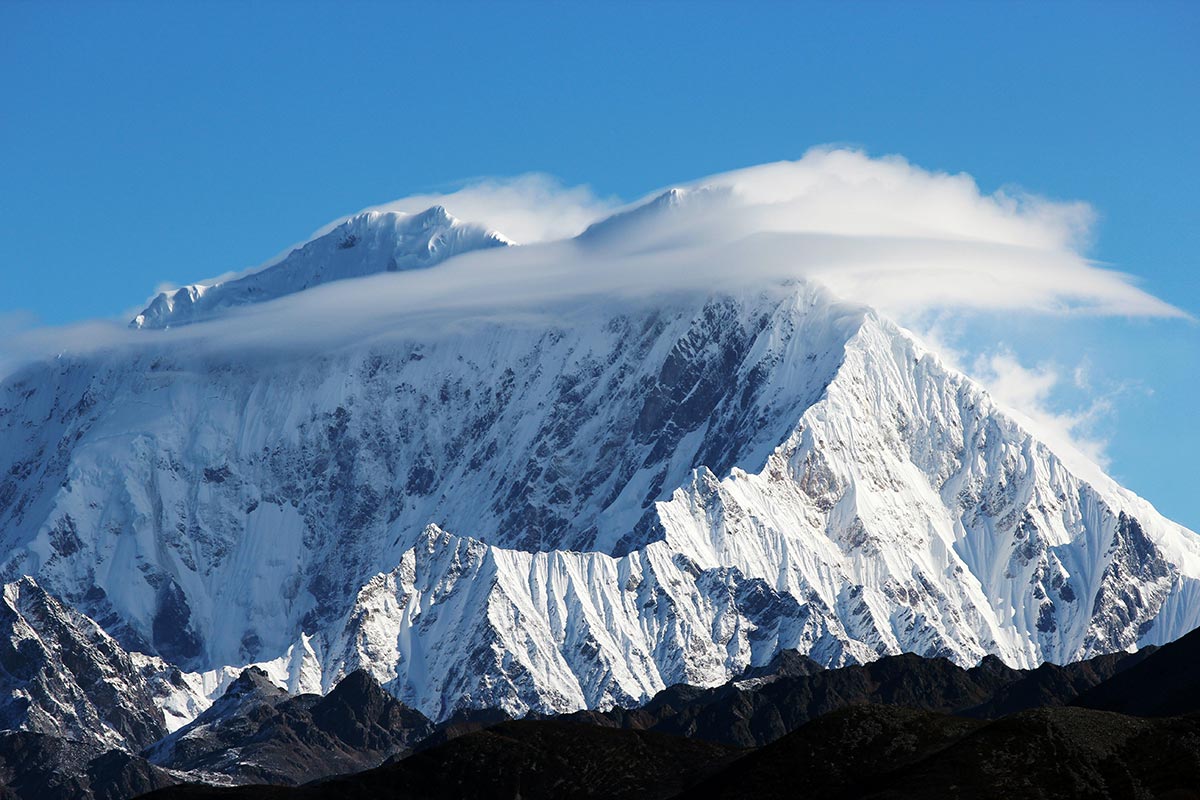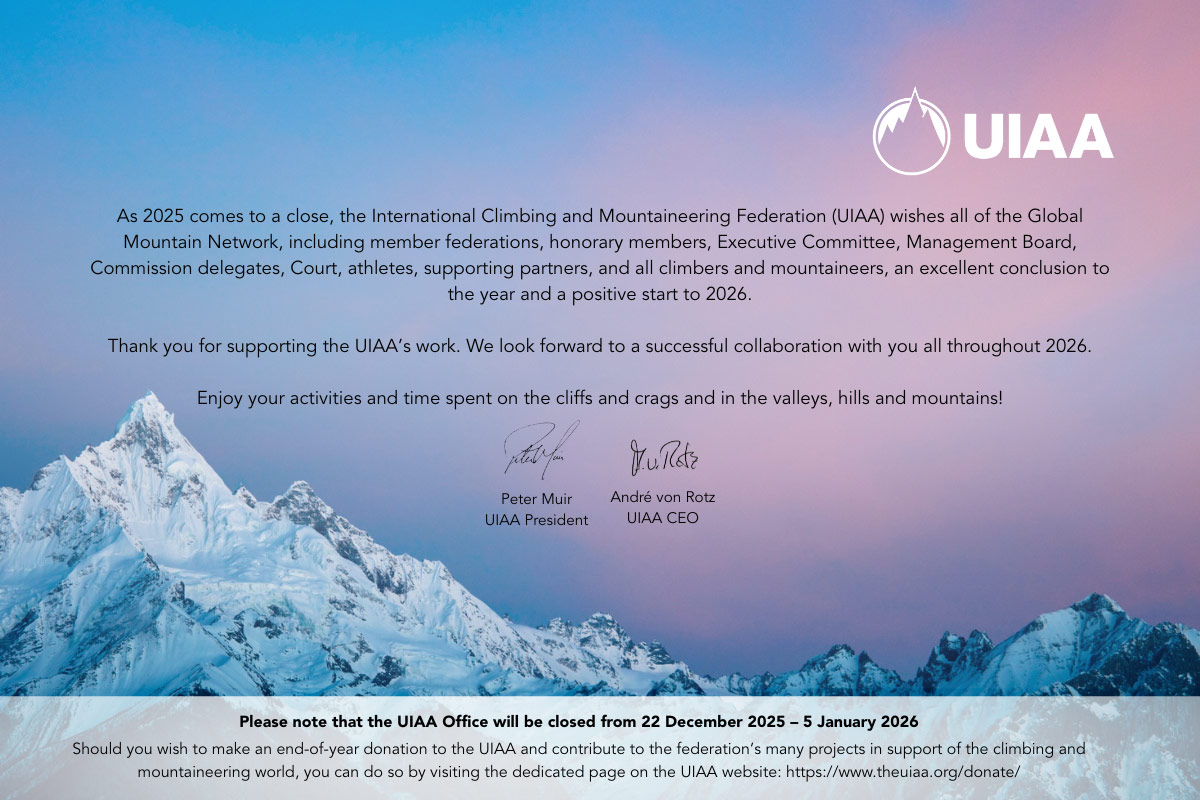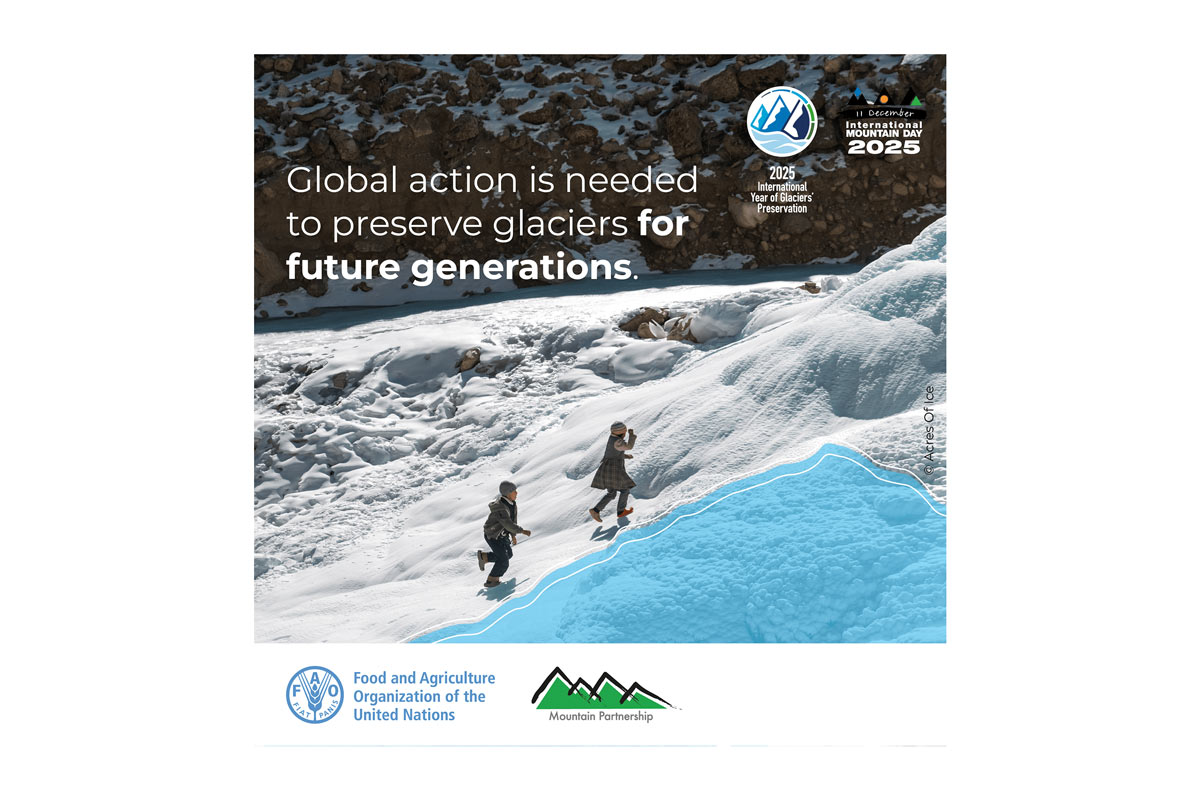The issue of traveller’s diarrhoea is a critical one for anybody wishing to take part in expedition mountaineering or trekking. The risks from diarrhoea are proven to be much greater at altitude than they are at sea-level. Studies have indicated that the loss of body water as well as electrolytes significantly impairs both physical and mental capacity. This in turn, greatly increases the risk of Acute Mountain Sickness (AMS), thrombosis, frostbite and various other altitude related conditions.
The UIAA has produced a dedicated paper on the subject. It was published in 2008 by T. Küpper, V. Schoeffl & J. Milledge and is available to download in English, Czech, Dutch, German, Italian, Japanese, Persian, Polish and Spanish.
The paper outlines the various steps that trekkers and mountaineers can undertake, not only to minimise the risks, but also practical treatment options should they indeed fall ill.
A number of individual risk factors are discussed. Among them being a person’s age, the particular region visited, the time of year, the duration of travel as well as any pre-existing conditions such as diabetes or reduced immunocompetence. It is recommended that anyone who has such a risk factor seeks advice from a physician before travelling.
An important consideration for those seeking to minimise the risk of falling ill with traveller’s diarrhoea is that of personal hygiene. The paper pays special attention to various recommendations such as the washing of hands before handling food, the cleaning of surfaces and equipment, only drinking beverages from safe water sources and ensuring that any meat is well cooked.
The paper expands on the various symptoms travellers should pay attention to, whether symptoms be moderate or severe, before highlighting the need for immediate and aggressive treatment, with a key focus being on the importance of rehydration.
Despite these concerns, most people travel in a safe and healthy manner. However, as with all conditions, assessing risk and taking pre-emptive steps to reduce these will ensure that people are able to enjoy their trip fully.
The full paper- including links to appendices and footnotes- can be downloaded here.
This is the latest extract from a series profiling the UIAA’s renowned high-altitude medical papers. To discover more please click here.
Already published:
#1 Nutritional considerations in mountaineering
#2 Children at Altitude
#3 Mountain activities for people with pre-existing cardiovascular conditions
#4 Avoiding the perils of Kilimanjaro
#5 What you need to know about water disinfection in the mountains
#6 Advice for Gap Year Explorers. How to Check The Quality of a Commercially Organised Trek or Expedition
#7 Dealing with Eye Problems in Expeditions
#8 A Guide on When and How to Use Portable Hyperbaric Chambers
#9 Golden Rules for Novice Climbers
#10 Advice for Women going to Altitude
#11 Advantages and Disadvantages of Using Walking Sticks in the Mountains
#12 Emergency Field Management of ACS, HAPE and HACE
#13 Diabetes
#14 People with Pre-Existing Conditions going to the Mountains
Main photo: ‘Hidden mountains of Tibet’ by Tom Nakamura



